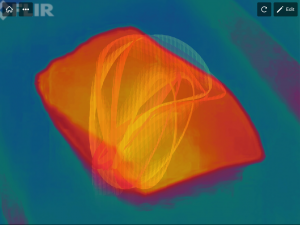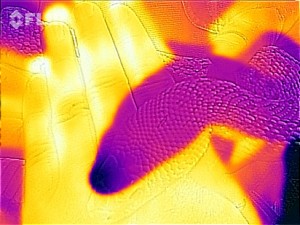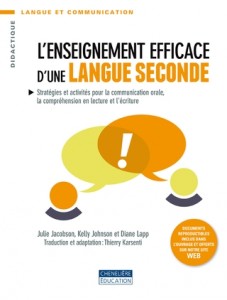http://www.huffingtonpost.com/pat-yongpradit/key-messages-of-computer-_b_8742250.html
The above article from the Huffington Post is quite right. There is a lot more to computer science than coding. The following classic cartoon shows it quite interestingly.

A language classroom would be a very good place to model computer science.
1- Understanding the problem.
We need to understand what needs to be designed, why, the benefits and drawbacks of a system. Using technology, this step would first involves reading, listening, thinking. Students could use Twitter or Instagram or Google to receive and search for information.
2- Analyzing the problem.
For a successful system design, we need to work in a larger group to understand all aspects of a system. To be able to discuss to understand different perspectives and respond to them, Padlet is a good choice for class sharing.
3- System design
Using Popplet, students could show their thinking regarding how they plan to solve the original problem that was discussed.
4- Programming
Using Hopscotch, students code and debug their program
5- Documentation
With ExplainEverything, students document their system, from understanding the problem to analysis to system design, and coding.
6- Promotion
With Prezi, students can present the highlights of their system to a group of people to promote or do publicity for their product. It could also be done remotely through a blog, like kidblog.
This would model better the process, computer scientists need to go through to design entire systems. It does involve more language, more talking and is very well suited in a language class.










